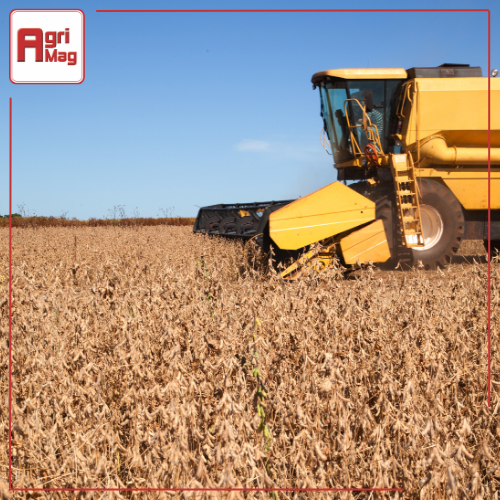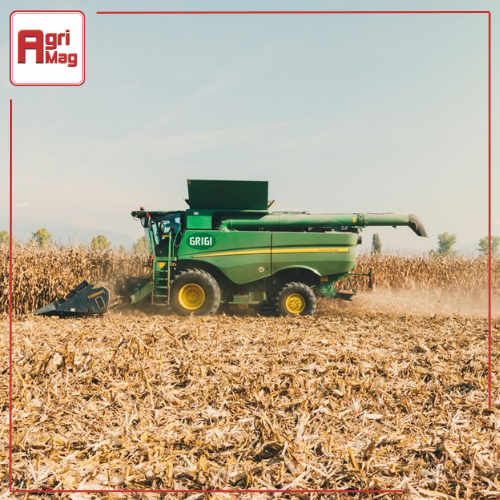
Ensuring Safety When Operating Harvesting Equipment in South Africa
Date: 13/04/2023
Operating harvesting equipment is a crucial task in agricultural practices. Whether it's for harvesting crops like maize or sugarcane, or tending to orchards and vineyards, using harvesting machinery demands careful attention to safety. In this article, we'll delve into key safety considerations for those operating harvesting equipment, covering operator training and certification, safety features, accident prevention, and emergency procedures. Request a quote today on AgriMag.
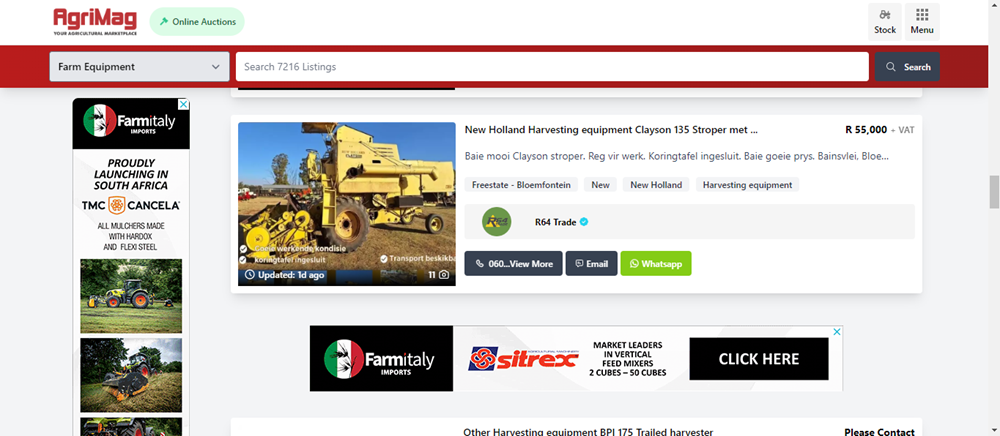
Operator Training and Certification
Proper operator training is paramount when it comes to operating harvesting machine safely. In South Africa, there are specific training programs available to equip operators with the necessary knowledge and skills. These programs cover various aspects, including:
1. Machine Familiarisation: Operators should undergo thorough training on the specific type of harvesting equipment they'll be using. This includes understanding the controls, maintenance requirements, and operational procedures.
2. Safety Regulations: Training should also cover relevant safety regulations and standards set forth by authorities in South Africa. Operators need to be aware of legal requirements and best practices to ensure compliance and safety.
3. Field Conditions: Understanding the terrain and field conditions is crucial for safe operation. Operators should be trained to assess factors like slope, soil type, and obstacles to minimise risks during operation.
Certification is another vital aspect of ensuring competence and safety. Operators should obtain certification from recognised authorities or training institutions to validate their proficiency in operating harvesting machinery.
Safety Features and Precautions
Modern harvesting equipment comes equipped with various safety features designed to protect operators and prevent accidents. Some essential safety features and precautions include:
1. Rollover Protection Structures (ROPS): ROPS are structures installed on harvesting equipment to protect operators in the event of a rollover. Operators should ensure that ROPS are in place and properly maintained.
2. Seat Belts: Seat belts are essential for keeping operators securely in place during operation, especially in rough terrain or sudden maneuvers.
3. Emergency Stops: Harvesting equipment should be equipped with easily accessible emergency stop mechanisms to quickly halt operations in case of emergencies.
4. Visibility Enhancements: Clear visibility is crucial for safe operation. Equipment should be equipped with adequate lighting and mirrors to enhance visibility, particularly during low-light conditions or when working in confined spaces.
Operators must familiarise themselves with these safety features and adhere to recommended precautions at all times to mitigate risks.
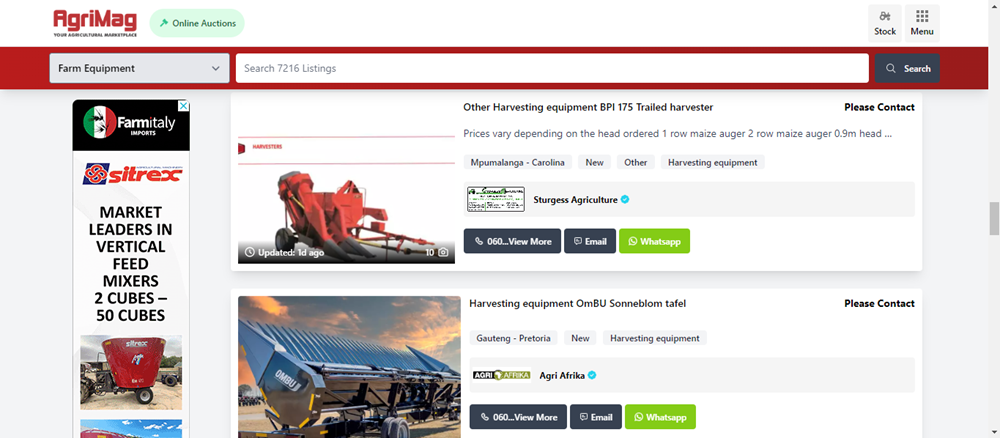
Accident Prevention and Emergency Procedures
Despite precautions, accidents can still occur when you operate harvesting equipment. It's essential to have robust accident prevention strategies and clear emergency procedures in place. Some key considerations include:
1. Regular Maintenance: Proper maintenance of harvesting equipment is essential for preventing mechanical failures that could lead to accidents. Operators should adhere to maintenance schedules and promptly address any issues or defects.
2. Safety Inspections: Conducting regular safety inspections before each use can help identify potential hazards or malfunctions. Operators should inspect vital components such as brakes, hydraulics, and safety guards.
3. Training on Emergency Procedures: Operators should be trained on emergency procedures such as what to do in case of a fire, entrapment, or machinery malfunction. Clear communication and designated emergency contacts are vital for prompt assistance.
4. First Aid and Medical Assistance: Operators should have access to first aid kits and be trained in basic first aid procedures. Additionally, there should be established protocols for summoning medical assistance in case of serious accidents or injuries.
In conclusion, safety should always be a top priority when operating harvesting equipment. Through proper operator training and certification, adherence to safety features and precautions, and robust accident prevention and emergency procedures, operators can minimise risks and ensure a safe working environment. By prioritising safety, we can make the process of operating harvesting machinery not only efficient but also secure for all involved. To operate this equipment requires diligence and care, but with the right measures in place, accidents can be significantly reduced. Visit AgriMag today to request a quote.
Categories:
Common category
Category Search:
Latest articles:
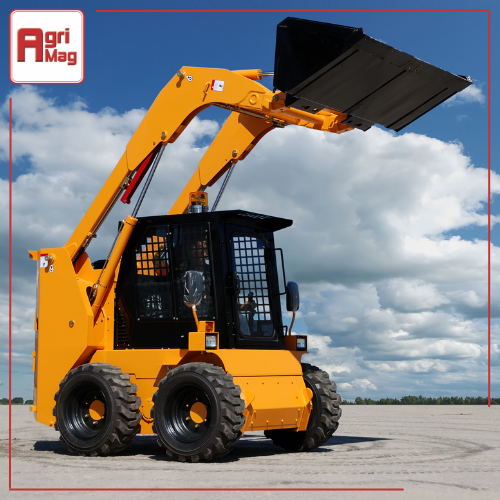
What to Look for When Buying a Skidsteer Loader for Farming

Why Planning Early for the Planting Season Pays Off

Why Winter Feed Management is Crucial for Livestock Health

